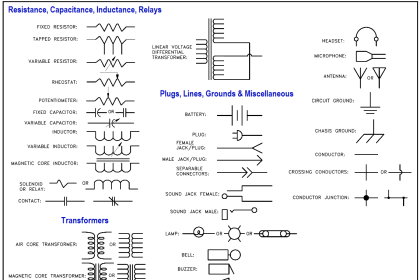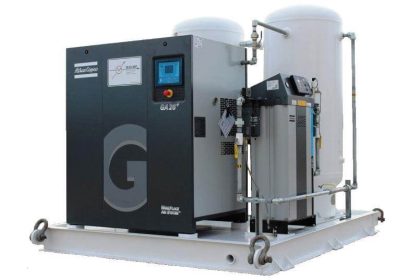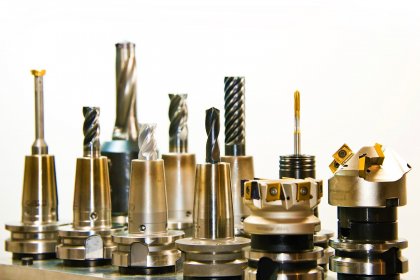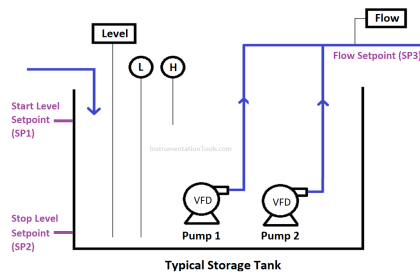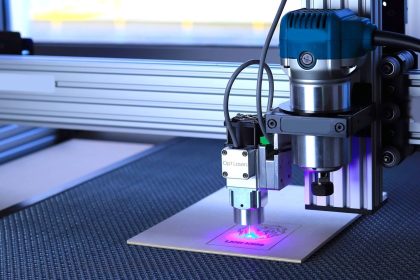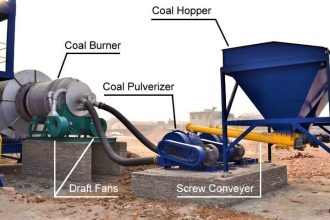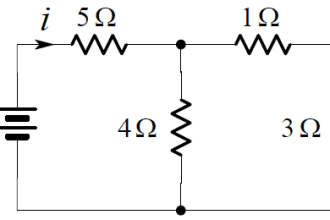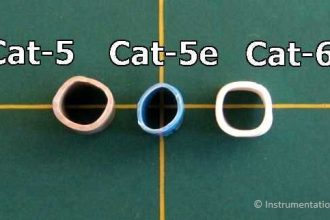In machine automation, we all know how CNC machines play an important role. Mostly, a PLC too can do the job of machine automation, but CNC machines are specifically designed for them. They have additional functions in it for efficient programming. There is one more machine type which is called VMC machine.
Both CNC and VMC sound similar, but they have some differences too. In machine automation, both of them play a very important role in improving productivity. In this role, we will see the difference between CNC and VMC machines.
What is a CNC machine?
CNC stands for computerized numeric control. As the name implies, it is a computer that has numbers on it, and based on the inputs given and the program written, it operates a machine. The machine is normally a cutting machine. A PLC too can do this job, but as CNC is specifically designed for machines, it has more features in it to enhance the job.
A CNC machine works on the basis of a program called G-code. Basically, it uses a combination of Auto CAD and CAM. CAM means a profile design that is used to select the proper rotating or linear motion. Due to this, what happens is that the programmer automatically gets help in designing codes for the machine.
Because he gets information on both the mechanical side and the motion side. Programmers use this information for developing G-code. This feature of the CNC machine is a plus point for development. When this code is run, the computer thus controls the operation of the machine by manipulating its axes.
CNC machine has to be fed with tool information. This means, which tool will be used for machining like a drill, lathe, or milling. Also, the type of material will have to be fed. This automatically helps the programmers in deriving a proper G-code for running the machine. CNC machines operate in normally three axis – x, y, and z.
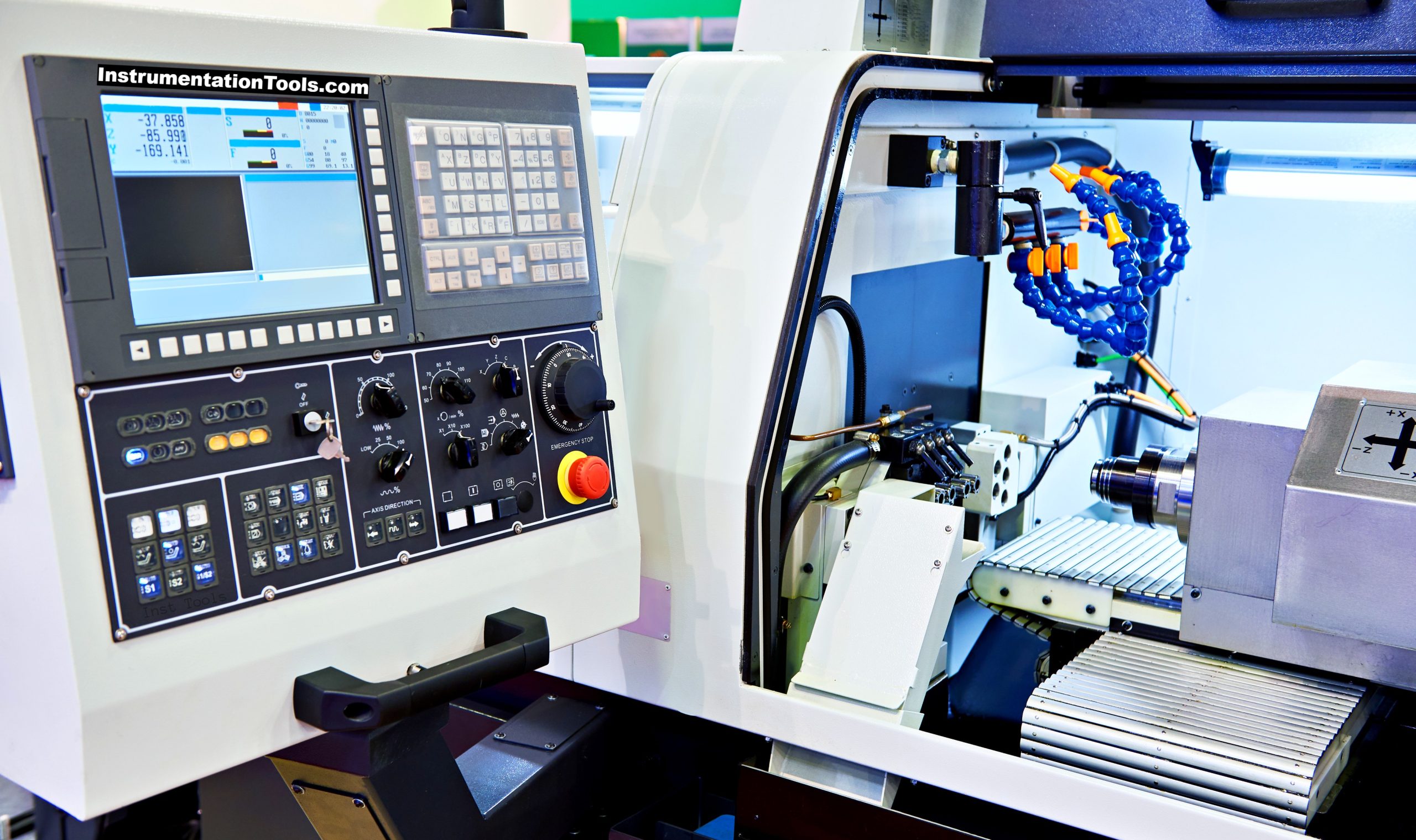
What is a VMC machine?
VMC machine can be defined as an extension of a CNC machine. VMC stands for vertical machine center. It is specifically designed for milling operations. In this, the spindle is oriented vertically.
The cutting tool moves up and down on a stationary workpiece. The tool is long and thin. Now, you must be thinking this is done in CNC too. Yes, but the difference arises in it’s orientation. It is far more complex and accurate than a standard CNC machine.
Apart from this, VMC machine can also work in small and tight areas. Where space is tight and room is small for working, there VMC machine works fluently. The main advantage is that this machine can work in 5 axes; two additional in the form is rotation.
Difference between CNC and VMC machines
1. CNC machine can work in a maximum of 3 axes, whereas VMC machine can work in a maximum of 5 axes.
2. For milling operations, VMC is preferred than CNC. But for other cutting applications, CNC finds a special place.
3. In CNC, a manual intervention is required for changing the tool. But, in VMC, automatically tool is changed. This is done by a technique called automatic tool changer. In ATC, tool change command is given by computer and the spindle then moves there to pick the tool. Then, it is moved via the required axes to exchange the tools and it is thus replaced.
4. Tool rotation is not available in CNC, whereas it is available in VMC.
5. CNC has less features for working on a tool than a VMC machine.
| CNC Machine | VMC Machine |
|---|---|
| A machine tool controlled by a computer running programs driven by numerical data. | A specific type of CNC machine that uses a vertical orientation for the spindle. |
| Can be horizontal or vertical. | Primarily vertical spindle orientation. |
| Highly versatile; can operate a variety of tools like mills, lathes, and grinders. | More specialized, primarily used for milling operations. |
| Can perform complex operations depending on the type (e.g., turning, milling). | Typically limited to milling, drilling, and tapping operations. |
| Depending on the type, the workpiece or the tool can move in multiple axes. | Generally, the workpiece moves on the X and Y axes, while the tool moves along the Z axis. |
| Varies widely depending on the type of CNC machine. | Often larger and requires more floor space due to vertical design. |
| High precision, varies with the type of CNC machine. | Very high precision, especially suitable for intricate milling. |
| Used across various industries for a wide range of applications. | Commonly used in metalworking and manufacturing for complex milling tasks. |

